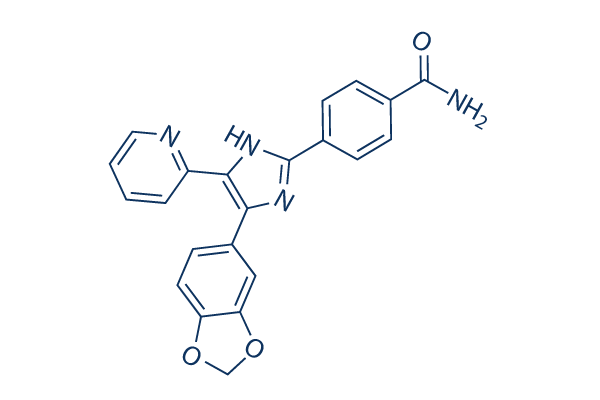Amid the proteins encoded by selleck inhibitor nematode distinct genes, TTLs signify a single from the largest groups. A subset of TTL proteins has also been identified in Ostertagia ostertagi, a nematode linked to H. contortus, inside the human filarial nematode B. malayi, and in the plant parasitic nematodes Xiphi nema index, Heterodera glycines, Meloidogyne incognita, and Radopholus similis. As an example, in O. ostertagi, at the least 18 ttl genes are already identified by information mining, nearly all of them being constitutively transcribed from your cost-free living L3 by to grownup females and males. In H. contortus, a TTL continues to be isolated from ES merchandise from grownup worms and proven for being immuno genic, and TTL homologs can also be abundant in An. caninum ES. These data recommend the testable hypothesis that TTLs, together with SCP/TAPS proteins, play essential roles in host interactions.
Immune responses Based about the present information and knowing of immune responses towards helminths in animals, we compiled a thorough checklist of H. contortus ES homo logs with acknowledged immunomodulatory Candesartan or immunogenic roles in other nematodes. This kind of homologs upregulated within the L4 and grownup stages represent 5. 6% from the predicted H. contortus secretome, that is drastically lower than the genome wide common of 14. 7%. Furthermore to your molecules HcES15 and HcES24, whose precise functions are nevertheless unclear, pro teins inside this secretome which are predicted to direct or suppress immune responses include shut homologs of N aminopepti dase ES 62 of your filarioid nematode Acanthocheilonema vitae.
ES 62 is regarded to inhibit B cell, T cell and mast cell proliferation responses, induce a Th2 response by the inhibition of IL 12p70 manufacturing by dendri tic cells, and advertise substitute activation on the host macrophages via the inhibition of Toll like receptor signaling. Other molecules of H. contortus predicted to become immunomodulatory contain homologs of a different B  cell inhibitor, eight serpins and twenty NIFs. Some H. contortus ES proteins are predicted for being involved in immune evasion, as an example, some could mask parasite antigens by mimicking host molecules. Regardless of some similarities among nematode host techniques, based mostly on the nature and extent of molecules recognized, the host immune responses towards the parasitic stages of H. con tortus appear for being distinct from people connected with other nematodes, such as Ascaris and filarioids, and that is supported by other experimental findings. Taken with each other, the present findings indicate that H. contortus includes a significant arsenal of ES proteins which have been prone to be concerned in modulating, evading, and/or blocking immune responses in the host.
cell inhibitor, eight serpins and twenty NIFs. Some H. contortus ES proteins are predicted for being involved in immune evasion, as an example, some could mask parasite antigens by mimicking host molecules. Regardless of some similarities among nematode host techniques, based mostly on the nature and extent of molecules recognized, the host immune responses towards the parasitic stages of H. con tortus appear for being distinct from people connected with other nematodes, such as Ascaris and filarioids, and that is supported by other experimental findings. Taken with each other, the present findings indicate that H. contortus includes a significant arsenal of ES proteins which have been prone to be concerned in modulating, evading, and/or blocking immune responses in the host.
Mirna Mimics
miRNA inhibitors for single or high throughput silencing
